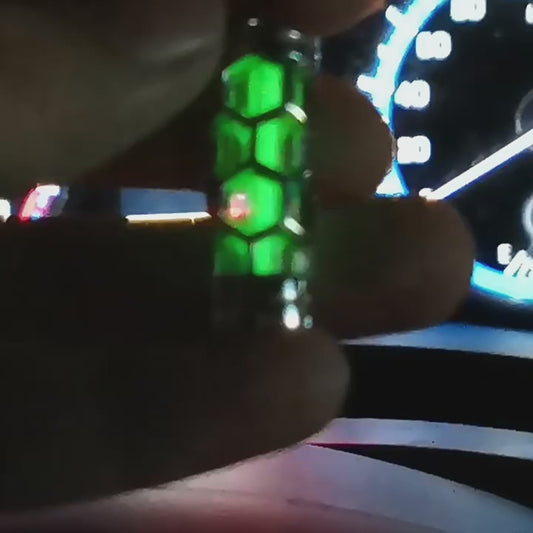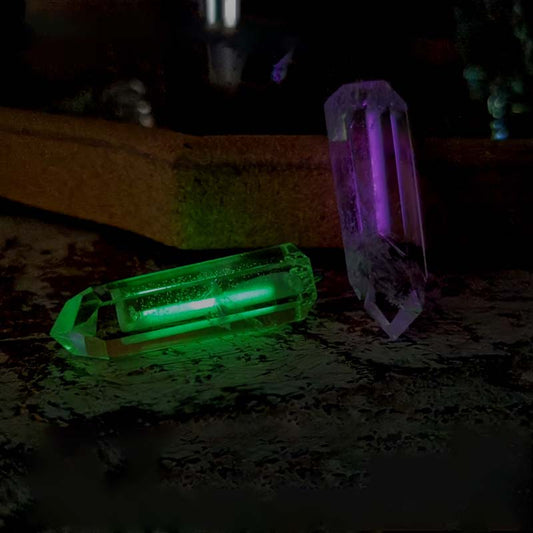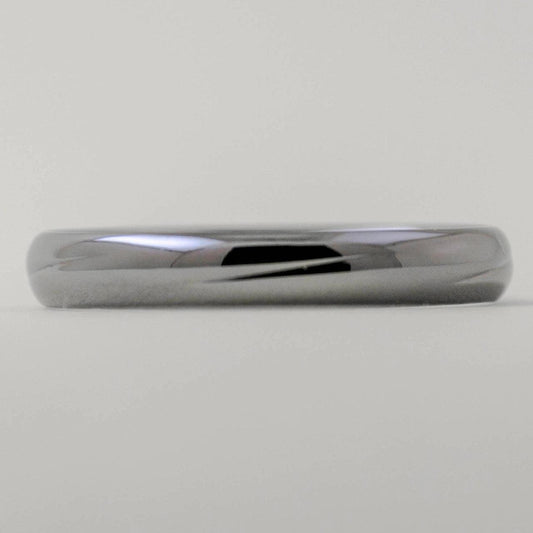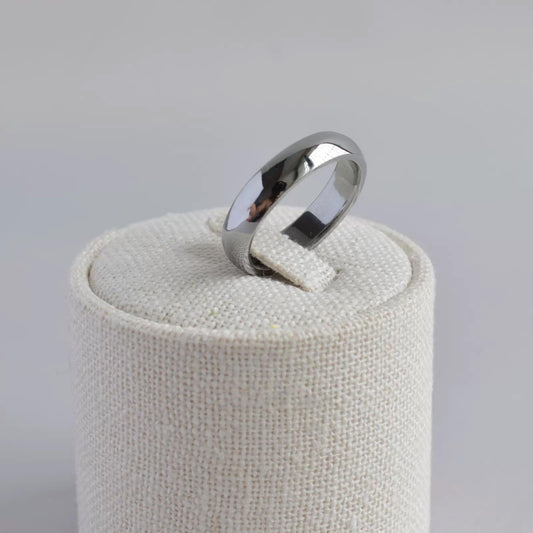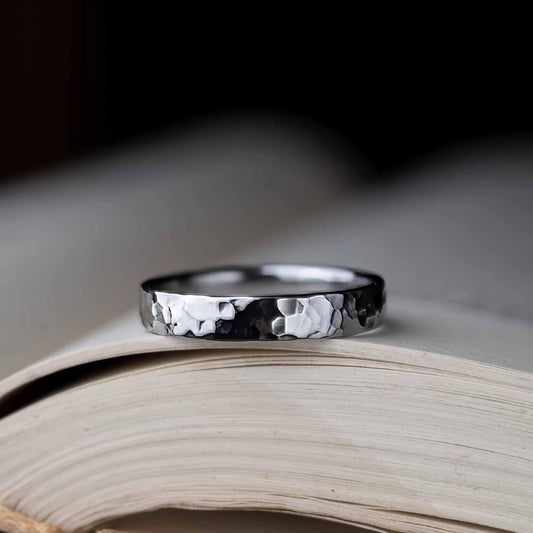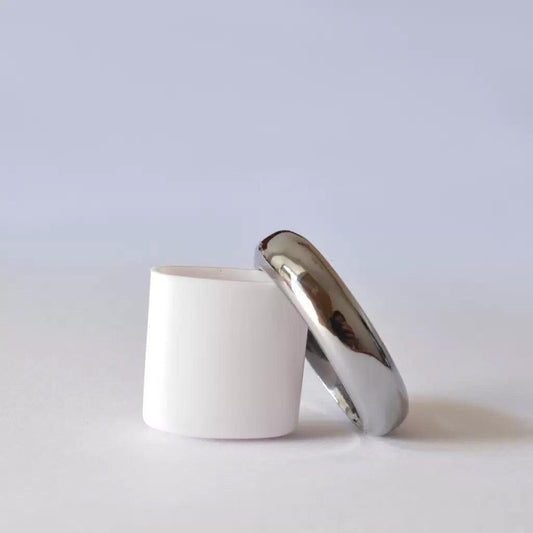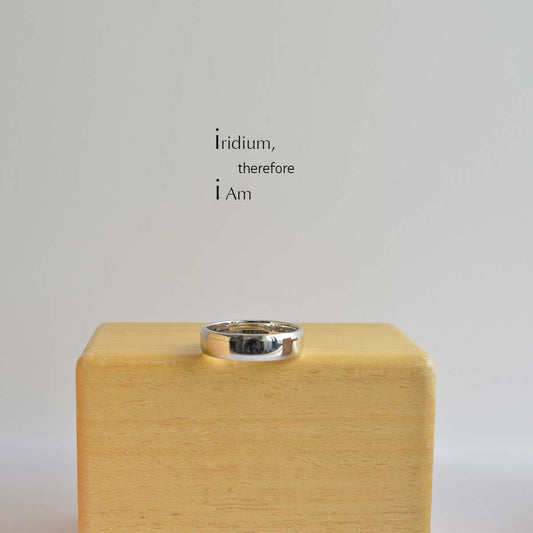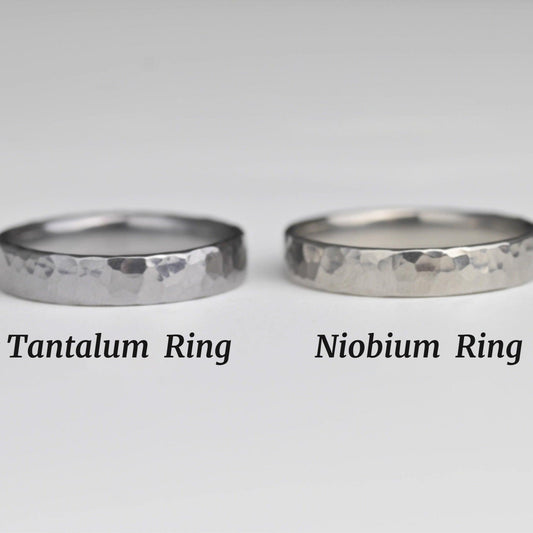Can Emeralds Be Lab Grown
Can Emeralds Be Lab Grown
In the world of gemstones, emeralds have always held a special allure, their deep green hues and storied history captivating imaginations across generations. Yet, in recent years, a curious question has emerged: can emeralds be lab grown? The answer is yes, and it's reshaping how we view these iconic stones.
Lab-grown emeralds are not a futuristic fantasy—they’re a burgeoning reality. These gems share the same chemical and physical properties as their natural counterparts, with one key difference: they're created in a controlled environment. The process involves mimicking the conditions under which natural emeralds form, typically using a hydrothermal method. This involves dissolving nutrients in a water-based solution at high temperatures and pressures until a crystal forms. It’s a bit like brewing a perfect cup of tea, but on a geological scale.
The perks of lab-grown emeralds extend beyond their fascinating creation story. For one, they're considerably more affordable than natural emeralds, making them accessible to a broader audience. It opens up the possibility for people like my friend Sarah, who has always dreamt of owning an emerald ring but balked at the hefty price tag. On a sunny afternoon over coffee, she showed me her new ring, a stunning lab-grown emerald set in a delicate gold band. "I finally got my dream ring," she beamed, and I could see why it made her so happy. The stone was every bit as vibrant and flawless as any natural gem I'd seen.
But the appeal of lab-grown emeralds isn’t just about cost. For many, it's a question of ethics and sustainability. The mining of natural emeralds, especially in regions like Colombia and Zambia, often raises concerns about environmental impact and labor practices. Lab-grown gems offer a guilt-free alternative, bypassing such issues entirely. It feels refreshing to know that beauty can be achieved without grim consequences—a small victory for conscientious consumers.
There’s always a touch of skepticism when something so coveted is labeled as "lab-grown". I remember discussing this with my jeweler, Mr. Bernstein, a traditionalist at heart who views every gem as a piece of art. He leaned back in his chair, tapping his fingers thoughtfully. "There's something about the history, the journey of a natural stone that you can't replicate," he mused. Yet, even he acknowledged the impeccable quality and clarity of lab-grown stones, noting that they're often indistinguishable from natural ones to the untrained eye.
Our society's fascination with lab-grown gems seems to mirror a broader trend of embracing technology without losing touch with tradition. It's a dance between innovation and nostalgia, much like watching a classic film on a digital screen. Sure, some purists may argue that only natural stones have true value, but others appreciate the craftsmanship and ingenuity behind lab-grown ones. It all comes down to perspective.
As I ponder the future of lab-grown emeralds, I can't help but feel that they're here to stay. They fit seamlessly into a modern narrative where affordability, ethics, and quality converge. Whether you're a purist or a pragmatist, there's room to appreciate the gleaming green beauty of these lab-born treasures. And who knows? Perhaps one day, their story will be just as cherished as the timeless legends of their natural siblings.


